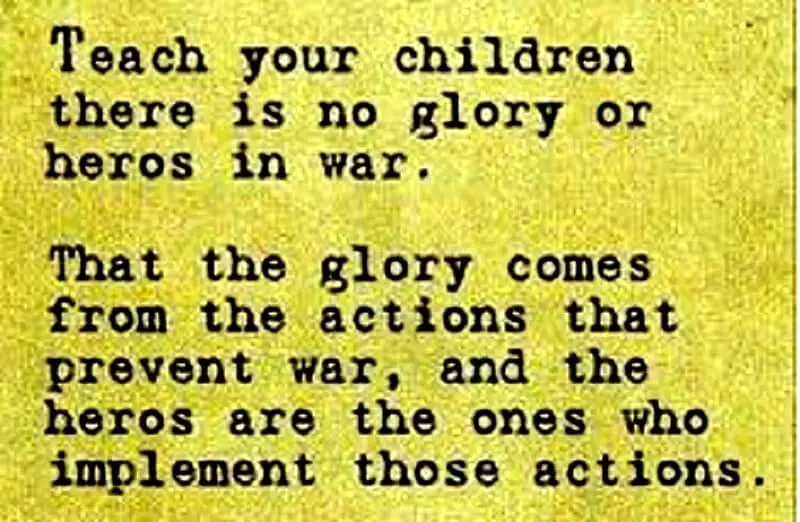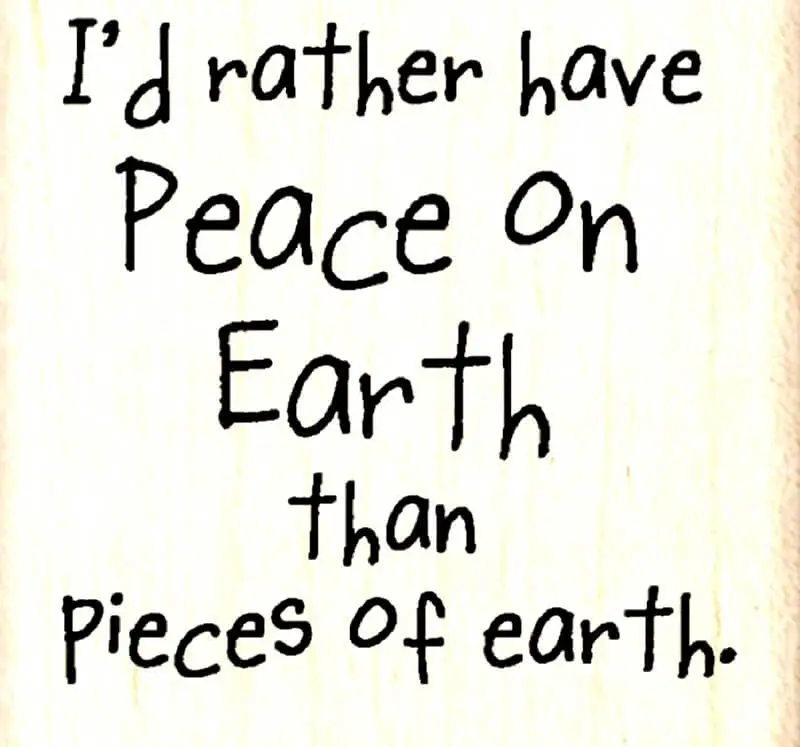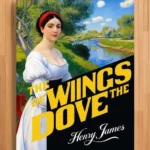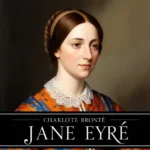Leo Tolstoy’s monumental work, “War and Peace,” stands as a timeless testament to the depths of human experience and the complexities of life during times of conflict and tranquility. Crafted with meticulous attention to detail and an unparalleled narrative scope, this magnum opus continues to captivate readers worldwide, transcending generations and cultural boundaries.
| Name of PDF | War and Peace PDF Война и миръ |
|---|---|
| No of Pages | 2882 |
| Author | Leo Tolstoy |
| Originally Published | 1867 |
| Language | English |
| Genres Characters | Novel, historical novel, Historical Fiction, War story, Romance novel, Philosophical fiction Andrei Nikolayevich Bolkonsky, Pierre Bezukhov |
| Size | 4.68 MB |
| Chek, latest edition |
More novel A Court of Thorns and Roses PDF
Table of Contents
Leo Tolstoy: The Author Behind the Masterpiece
At the heart of “War and Peace” lies the genius of Leo Tolstoy, one of Russia’s most celebrated literary figures. Born into a noble family in 1828, Tolstoy drew inspiration from his own experiences and observations of Russian society to weave together the tapestry of characters and events that populate his epic novel.
Plot Summary
“War and Peace” traverses the lives of Russian aristocrats and commoners alike against the backdrop of Napoleon’s invasion of Russia. Through intertwining storylines, Tolstoy delves into the intricacies of love, honor, and the human spirit amidst the chaos of war and the serenity of peace.

Historical Context
Set against the canvas of 19th-century Russia, “War and Peace” reflects the tumultuous political and social landscape of the time. Napoleon’s ambitious campaign to conquer Russia serves as a pivotal backdrop, shaping the destinies of the novel’s characters and driving the narrative forward with relentless momentum.
Themes Explored
Tolstoy’s masterpiece delves into a myriad of themes, ranging from the profound to the mundane. Love and relationships intertwine with the horrors of war, while philosophical musings on the nature of existence permeate the narrative, inviting readers to ponder life’s deepest questions.
Literary Analysis
Tolstoy’s writing is characterized by its richly detailed prose and keen psychological insight. Symbolism and motifs abound, offering layers of meaning for readers to unravel, while the evolution of characters mirrors the ebb and flow of historical events.
Critical Reception
Upon its publication, “War and Peace” garnered widespread acclaim for its ambitious scope and masterful execution. Critics praised Tolstoy’s ability to capture the essence of the human condition with unparalleled clarity, cementing its status as a literary masterpiece for the ages.
Adaptations and Pop Culture References
Over the years, “War and Peace” has been adapted into numerous films, television series, and stage productions, further solidifying its place in popular culture. Its influence can be felt across various art forms, inspiring countless reinterpretations and homages.
Why “War and Peace” Endures
Despite the passage of time, “War and Peace” continues to resonate with readers of all backgrounds. Its timeless themes and universal truths offer a mirror to humanity’s collective consciousness, inviting introspection and reflection on the human condition.
Reading Recommendations
For those eager to explore Tolstoy’s masterpiece further, there are many avenues to delve deeper into its rich tapestry of themes and characters. From scholarly analyses to annotated editions, the wealth of resources available ensures that each reading experience is uniquely rewarding.
Impact on Russian Literature
“War and Peace” has left an indelible mark on the landscape of Russian literature, influencing subsequent generations of writers and thinkers. Its profound insights into the Russian psyche and the human experience have shaped the course of literary history for centuries to come.
Educational Significance
In academic circles, “War and Peace” occupies a central role in the study of literature and history. Its inclusion in curricula worldwide speaks to its enduring relevance and educational value, offering students a window into the past while prompting critical thinking about the present.
Discussion on Translation
The challenge of translating “War and Peace” into other languages has long been a subject of debate among scholars and translators. Each translation brings its own nuances and interpretations, reflecting the complexities of language and culture inherent in Tolstoy’s work.
Personal Reflections
For many readers, “War and Peace” is more than just a novel—it’s a transformative experience that leaves an indelible mark on their lives. Whether through moments of profound insight or quiet contemplation, Tolstoy’s masterpiece has the power to resonate with readers long after the final page is turned.
It had been seven years. The tempest-tossed ocean of European history appeared to have calmed down within its borders. However, the enigmatic forces that propel humanity—mysterious because we don’t understand the principles guiding their motion—kept working. Humanity continued to move at the same constant pace as time itself, even though the surface of the sea of history appeared to be stagnant. Different social groupings came into being and vanished, kingdoms were about to form and fall, and people were being uprooted.

About Book: War and Peace PDF Book Download by Leo Tolstoy
Unlike before, the sea of history was not driven erratically from shore to shore. In its depths, it was seething. The waves no longer carried historical figures from one shore to another. They now appeared to revolve around a single point. Once again reflecting the restless movement through political and diplomatic combinations, laws, and treaties, the historical figures at the head of armies now reflected the movement of the masses through the ordering of wars, campaigns, and battles.
Historians refer to this historical figure’s behavior as “the reaction.” When discussing this era, they harshly denounce the historical figures who, in their view, were responsible for the reaction. All the notable personalities of that era, including Madame de Stael, Alexander, Napoleon, Photius, Schelling, Fichte, Chateaubriand, and others, appear before their severe tribunal and are either exonerated or condemned based on whether or not they aided in advancement or regression.
They claimed that a reaction had occurred at that time in Russia as well, and Alexander I, the man who they said had been the main driver of the liberal movement at the beginning of his reign and was Russia’s savior, was the main offender. Download War and Peace in PDF format From young essayists to knowledgeable historians, no one in contemporary Russian literature does not criticize Alexander for his mistakes during this time in his reign. He should have behaved in both these and those ways.
He performed well in this instance and poorly in that one. During the first part of his reign and in 1812, he acted honorably; however, when he granted Poland a constitution, established the Holy Alliance, gave Arakcheev authority, and showed preference for Golitsyn and mysticism before moving on to Shishkov and Photius,. In addition, he behaved badly by disbanding the Semenov regiment and worrying about the active army. Based on their understanding of what is best for humanity, the historians have so many grievances against him that it would take a dozen pages to list them all.
What is meant by these criticisms? Not only did Alexander I’s birth, education, and life circumstances shape his personality, but they also contributed to the very actions that historians praise him for (such as his liberal attempts at the start of his reign, his battle with Napoleon, his firmness in 1812, and the campaign of 1813) and blame him for (such as the Holy Alliance, the restoration of Poland, and the reaction of 1820 and later)?
Even if we grant that fifty years ago, Alexander I was mistaken about what was best for the people, we still have to assume that the historian who evaluates Alexander will eventually prove to be mistaken about what is best for humanity as well. This assumption is all the more reasonable and inevitable given that, as history unfolds, War and Peace PDF Book Download, we observe that the consensus regarding what is best for humanity shifts annually and with each new author; thus, something that was good ten years ago suddenly seems bad, and vice versa.
Furthermore, we find quite divergent opinions about what is good and bad in history: some people think that Alexander was right to give Poland a constitution and form the Holy Alliance, while others think that Alexander was wrong to do so. It is impossible to determine what made Alexander or Napoleon’s actions beneficial or detrimental. For this reason, their actions cannot be classified as either. If someone is offended by that activity, it’s only because it goes against his narrow conception of what is morally right.
Regardless of whether I find my father’s Moscow home preserved, the splendor of the Russian military, the prosperity of Petersburg and other universities, Poland’s independence or Russia’s greatness, the balance of power in Europe, or a particular strain of European culture known as “progress” to be good or bad, I have to admit that every historical figure has other, more universal goals that are out of my reach. However, if science is to be believed to be able to reconcile all contradictions and to have a constant moral compass by which to judge historical figures and events, then let’s say that Alexander had the option to have handled things differently.
Let’s speculate that, under the direction of those who accuse him and claim to understand the ultimate goal of humanity’s movement, War and Peace PDF Book Download, he may have organized things in accordance with the agenda his current accusers would have given him, which included nationality, freedom, equality, and progress (these, I believe, cover the ground). Assuming that this program was feasible, it had been developed at that time, and Alexander had taken action.
What would have happened to everyone who had opposed the then-dominant government tendency—an activity that historians believed to be beneficial and good—then? Without their involvement, there would have been no life, Nothing would have existed, and there would not have been life. The possibility of life is eliminated if we acknowledge that human life is subject to reason.
It is impossible to explain the historical facts without introducing the concepts of chance and genius if, as historians assume, great men guide humanity toward the achievement of particular ends—the greatness of Russia or France, the balance of power in Europe, the War and Peace PDF Book, the diffusion of the ideas of the Revolution, general progress, or anything else.
Had Russia’s agglomeration been the goal of the European wars at the start of the 1800s, this goal could have been achieved even in the absence of the invasion and all of the earlier conflicts. If French agglomeration was the goal, it could have been accomplished even in the absence of the Revolution and the Empire. The printing press could have done a far better job of spreading ideas if that was the goal than warfare. If the goal was the advancement of civilization, it is obvious that there are more practical ways to spread civilization than by destroying resources and taking lives.
Why did it occur in this manner rather than another? Since it actually did happen that way! History says that “genius utilized the situation; chance created it.” However, what exactly is chance? What does genius mean? It is impossible to define chance and genius because they refer to nothing that is actually real. Only a particular level of phenomenonal understanding is indicated by those words. War and Peace, a Downloadable Book I believe that I am unable to know why a particular event occurs, so I talk about chance rather than making an effort to understand it.
I perceive a force exerting influence that surpasses the capabilities of typical human endeavors; I cannot fathom the reason behind this, and I refer to genius. The herdsman of a herd of rams must be a genius if he drives one ram into a special enclosure every evening so it can be fed and grows twice as fat as the others.
And it must seem like a remarkable convergence of brilliance and a remarkable chain of events that this very ram, swollen with fat, is killed for meat. Every evening, instead of entering the general fold, it enters a special enclosure containing oats. War and Peace PDF However, the rams just need to stop believing that everything that occurs to them occurs only to fulfill their sheepish goals; they will immediately recognize a consistency and unity in what happened to the fattened ram if they simply acknowledge that what happens to them might also serve purposes beyond their comprehension.

They won’t require the notions of chance or genius since, even if they don’t know why they are fat, they will at least know that everything that happened to the ram was not an accident. The only way we can decipher the events in the lives of historical figures and identify the reason behind the events is by giving up our attempt to find a purpose that is immediately understandable to us and acknowledging that the ultimate purpose is beyond our comprehension. the impact they have (beyond the realm of normal human capacity), rendering the terms “chance” and “genius” obsolete.
We only need to acknowledge that we do not understand the reason behind the European convulsions and that we only know the facts—that is, the murders that occurred in France, Italy, Africa, Prussia, Austria, Spain, and Russia—and that the movements of people from the west to the east and the east to the west constitute the essence and purpose of these events.
Not only will we not be required to view Napoleon and Alexander as extraordinary individuals, but we will also be unable to regard them as anything other than ordinary men,War and Peace PDF and it will become evident that every one of those minor incidents was predetermined, rather than needing us to turn to luck to explain the little things that shaped these people into who they were.
When we reject the idea that we know the ultimate goal, we will see that, just as it is impossible to imagine a flower or seed for any one plant that is more suited to it than those it produces, so too is it impossible to imagine any two individuals who are more perfectly tailored, down to the smallest detail, for the goal they had to accomplish, than Napoleon and Alexander, with all of their antecedents.
Conclusion to War and Peace PDF
In conclusion, “War and Peace” stands as a towering achievement of world literature, transcending its historical context to offer timeless insights into the human condition. Through its rich tapestry of characters and themes, Leo Tolstoy invites readers on a journey of self-discovery and enlightenment that resonates across generations.
FAQs about War and Peace PDF
Is “War and Peace” based on real events?
While “War and Peace” is a work of fiction, it is set against the backdrop of real historical events, including Napoleon’s invasion of Russia.
How long did it take Leo Tolstoy to write “War and Peace”?
Tolstoy spent several years crafting “War and Peace,” with the novel being published in installments between 1865 and 1869.
What is the significance of the title “War and Peace”?
The title reflects the novel’s exploration of the dualities of human existence, from the chaos of war to the tranquility of peace.
Are there any abridged versions of “War and Peace” available?
While there are abridged versions of the novel, many readers prefer to experience the full scope of Tolstoy’s work.
Has “War and Peace” been adapted into other languages?
Yes, “War and Peace” has been translated into numerous languages, allowing readers around the world to experience Tolstoy’s masterpiece.





